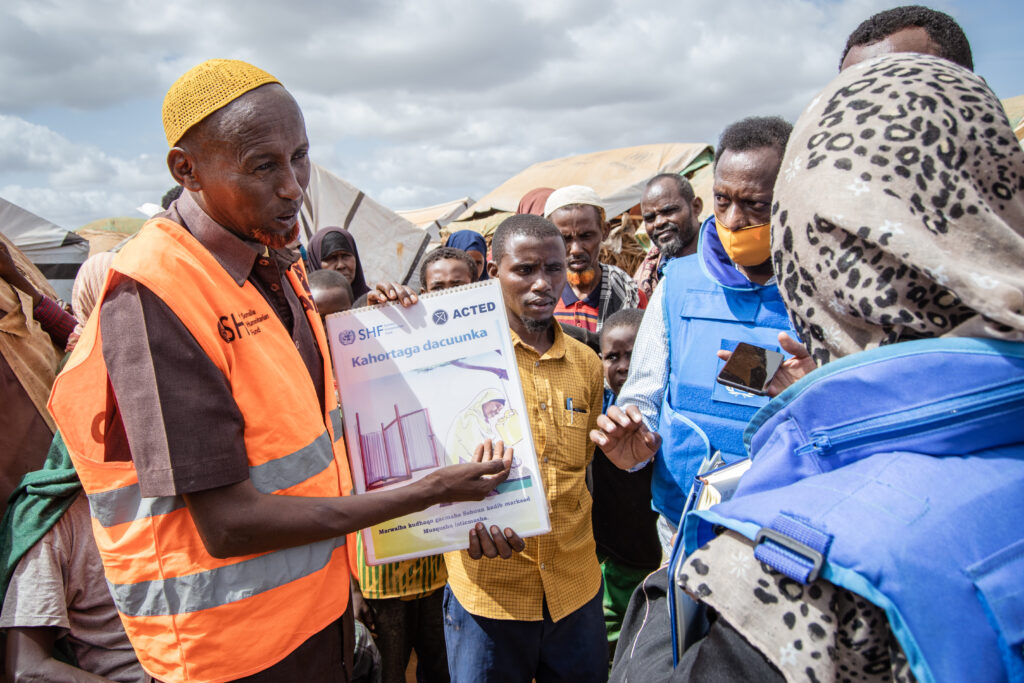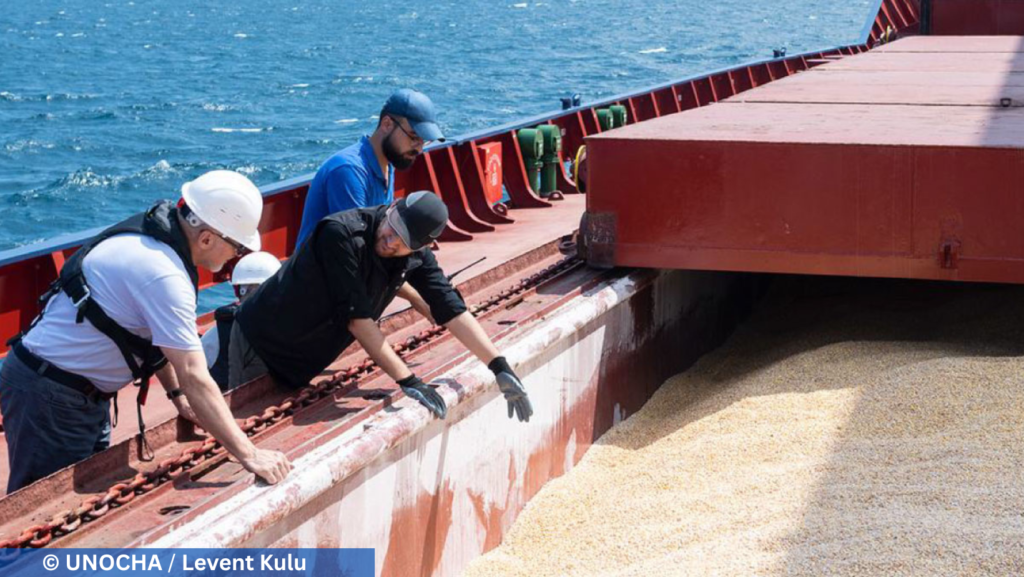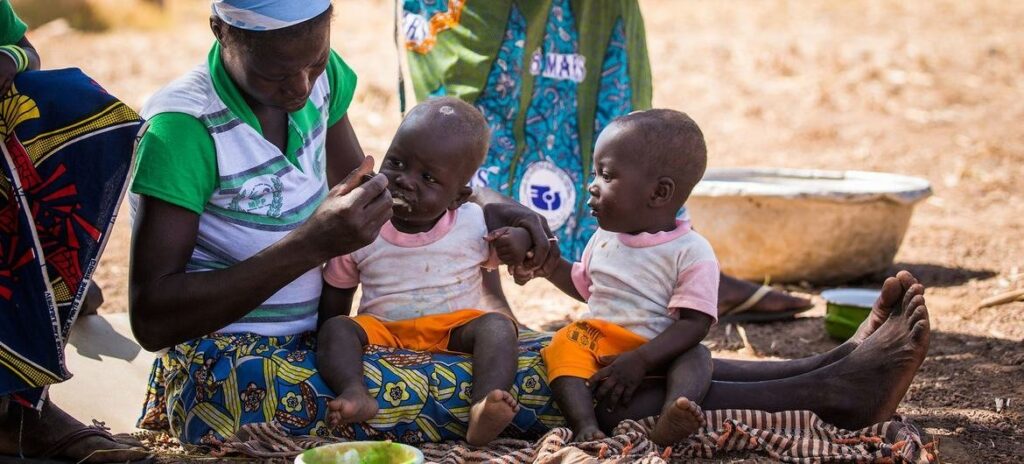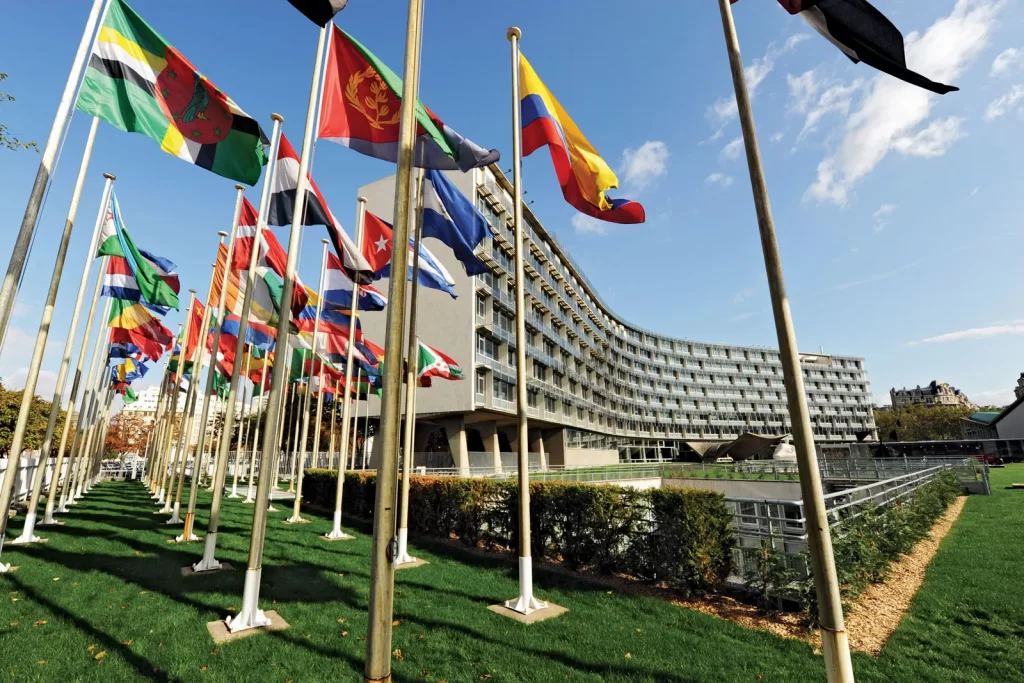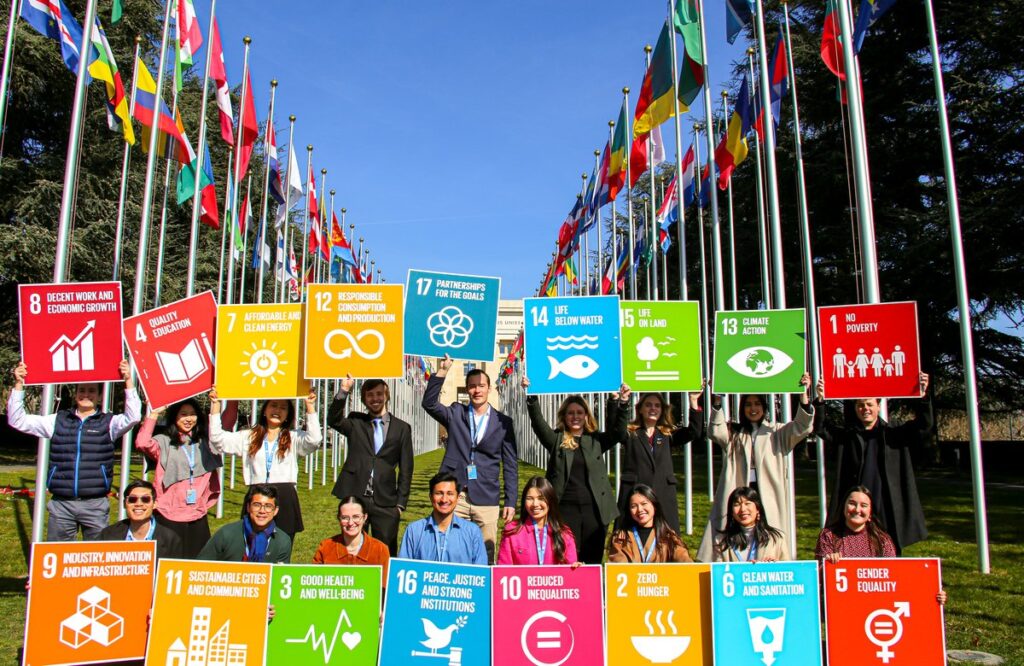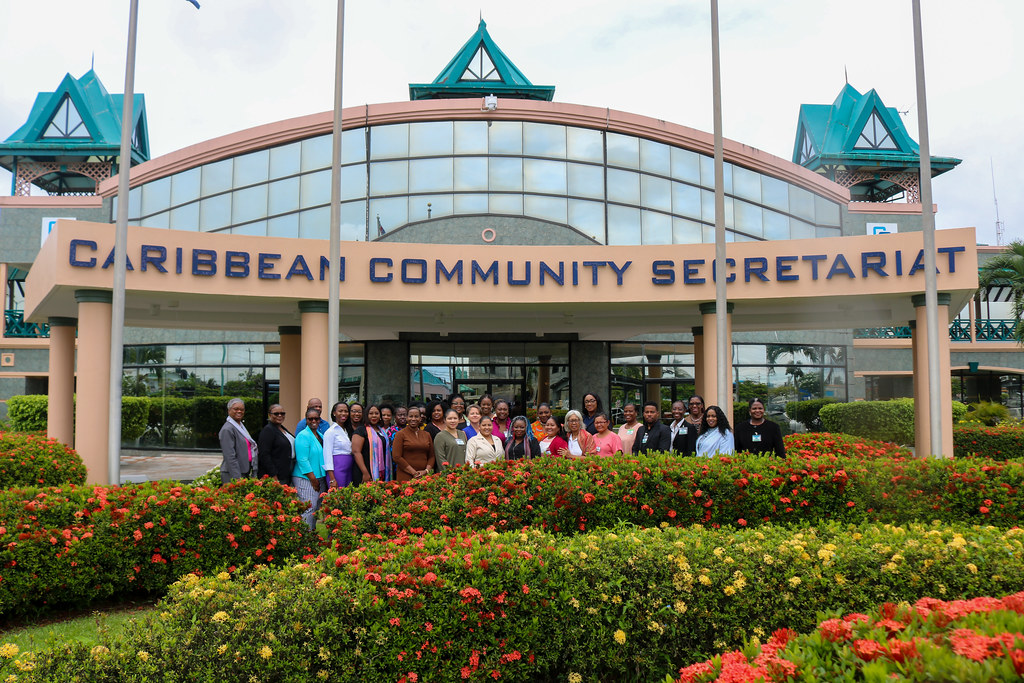Governments say North Korea disregards human rights to build weapons of mass destruction
New York, August 17 – Scores of governments signed a statement criticizing North Korea for building weapons of mass destruction with revenues obtained through forced labor and labor exploitation at the expense of its people’s human rights.
The statement was issued after a U.N. Security Council meeting to discuss human rights issues in the Democratic People’s Republic of Korea (DPRK), the country’s official name. U.S. Ambassador Linda Thomas-Greenfield,who presided the meeting as her country holds the rotating presidency of the 15-nation council in August, delivered the statement, which she said was signed by 52 countries and the delegation of the European Union.
“Today, the Security Council lived up to that expectation.” she said. “The DPRK government’s violations and abuses have been well-documented by credible accounts, including numerous UN experts – and have been condemned through many General Assembly resolutions adopted by consensus over the past years.”
“They include: arbitrary killings, harsh and life-threatening prison conditions, the punishment of family members for offenses allegedly committed by an individual, and near-total state control of expression through censorship and repression. “
“The DPRK government commits acts of cruelty and repression in its own territory – while also perpetrating similar acts in other countries, targeting both citizens of the DPRK and others. These include executions, assassinations, abductions – including from Japan and the Republic of Korea – intimidations and forced repatriation. Alone, these human rights violations and abuses demand the Council’s attention.”
“But they are also inextricably linked with the DPRK’s weapons of mass destruction and ballistic missile advancements in violation of Security Council resolutions. The DPRK government engages in domestic and overseas forced labor and labor exploitation to generate revenue for its unlawful weapons of mass destruction and ballistic missile programs. And the DPRK’s repressive political climate allows the government to divert resources to weapons development – at the expense of the welfare of the people in the DPRK who suffer from severe economic hardship and malnutrition.”
“None of this is acceptable. And there continues to be a lack of accountability. This year marks the 75th anniversary of the Universal Declaration of Human Rights – the 30th anniversary of the Vienna Declaration and Program of Action, and the 10th anniversary of the creation of the UN Commission of Inquiry on Human Rights in the DPRK. And while we have made great strides forward, we still have a long way to go when it comes to the situation in the DPRK. “
Thomas-Greenfield said she delivered the statement on behalf of the United States, Albania, Andorra, Australia, Austria, Belgium, Bosnia and Herzegovina, Bulgaria, Canada, Costa Rica, Croatia, Cyprus, Czechia, Denmark, Ecuador, Estonia, Finland, France, Germany, Greece, Guatemala, Hungary, Iceland, Ireland, Israel, Italy, Japan, Latvia, Liechtenstein, Lithuania, Luxembourg, Malta, Marshall Islands, Micronesia, Moldova, Monaco, Montenegro, Netherlands, North Macedonia, Norway, Poland, Portugal, Republic of Korea, Romania, San Marino, Slovakia, Slovenia, Spain, Sweden, Switzerland, Ukraine, the United Kingdom, and the European Union.
The U.N. human rights chief, Volker Türk, and Elizabeth Salmon, the U.N. Special Rapporteur on the situation on human rights in the DPRK. briefed the council.
Turk said information collected by his office, including through interviews, and from public information issued by the government itself, “indicates increasing repression of the rights to freedoms of expression, privacy and movement; the persistence of widespread forced labor practices; and a worsening situation for economic and social rights, due to the closure of markets and other forms of income generation.”
“Within the country, markets, and other private means of generating income, have been largely shut down, and such activity is increasingly criminalized. This sharply constrains people’s ability to provide for themselves and their families. Given the limits of State-run economic institutions, many people appear to be facing extreme hunger, as well as acute shortages of medication.”
Salmón said North Korea’s leadership continued to demand its citizens to “tighten their belts so that the available resources could be used to fund the nuclear and missiles program. It strengthens gender stereotypes regarding the roles and responsibilities of women within the family and weakens their political participation. It creates the ongoing demand for forced labor across the country and for workers sent abroad.”
United Nations correspondent journalists – United Nations correspondent journalists – United Nations correspondent journalists – United Nations journalism articles – United Nations journalism articles – United Nations journalism articles – United Nations News – United Nations News – United Nations News
Governments say North Korea disregards human rights to build weapons of mass destruction Read More »


